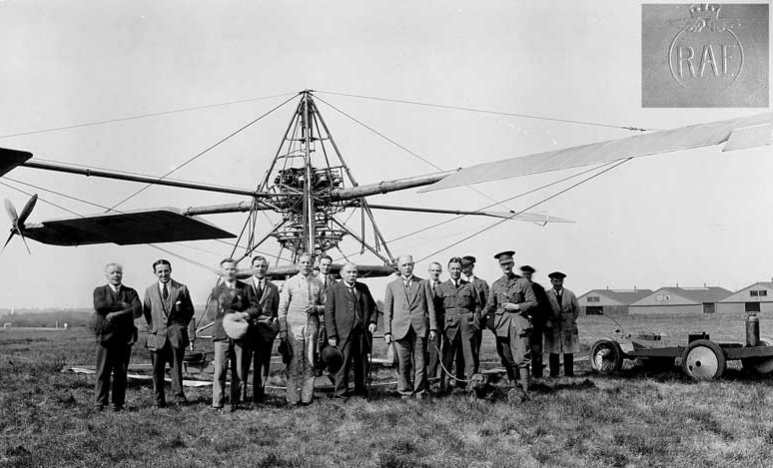
Flying began at Farnborough in 1905 when the Royal Engineers’ Balloon Section moved from Aldershot to build reconnaissance balloons and airships. It was over Farnborough Common in 1908 that Samuel Cody made the first official UK powered aircraft flight. The site grew rapidly with the formation of the Royal Flying Corps and the Royal Aircraft Factory in 1912 to develop and produce aircraft in large numbers during World War 1.
In 1918 the organisation was renamed the Royal Aircraft Establishment (RAE); bulk production of aircraft ceased and the RAE concentrated on research and experimentation. Its resources and breadth of enquiry attracted an extraordinary range of craftsmen, engineers and scientists, and led to its pre-eminent position among centres of aeronautical research and development worldwide through World War 2 and into the space age.
The Farnborough base and its outstations were merged with other Government research establishments to become the Defence Research Agency (DRA) in 1991. The government then decided to sell the main site at Farnborough: the airfield for commercial flying (now a thriving international airport), and the Research Establishment complex for total destruction and redevelopment as a business park.
Several exceptional historic structures, identified by FAST, successfully obtained listed status and survived both the Ministry of Defence disposal in 1999 and the developers’ subsequent proposals for demolition. These spectacular buildings are the re-erected frame of a Portable Airship Hangar and three major Wind Tunnel buildings at the heart of Farnborough Business Park; and the Balloon School, now known as Trenchard House, home of the FAST Museum.